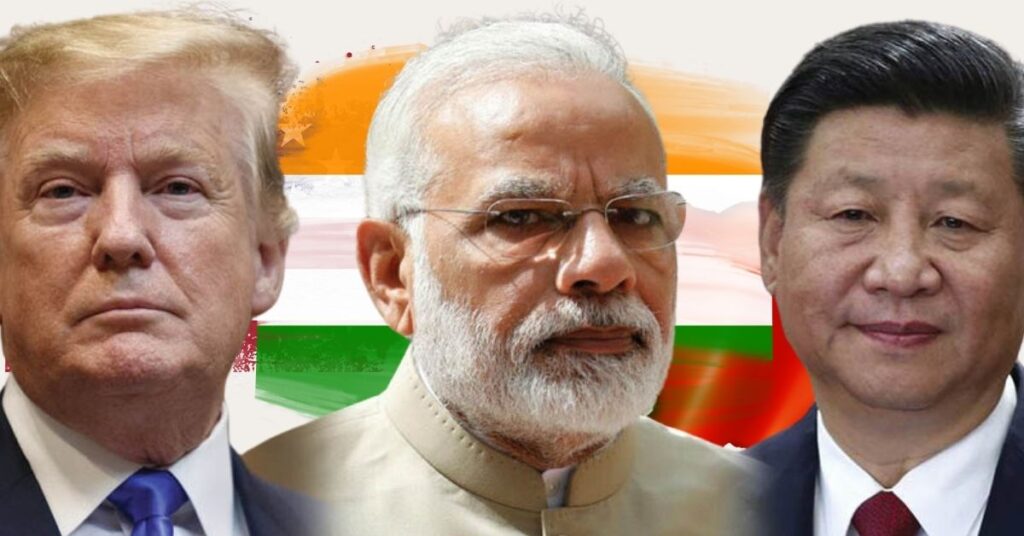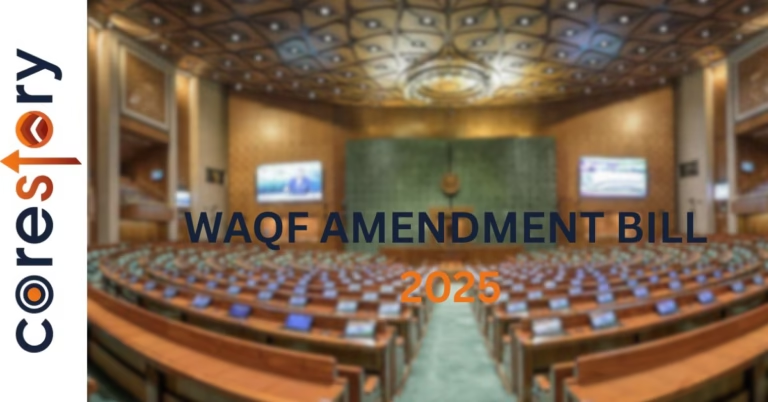
The global economy operates as a complex web of interdependent countries, organizations, and sectors. In this ever-evolving financial landscape, some countries play a far more significant role than others. But how much of the world is truly funded by the major economic powers like the United States, India, and China? Is the influence of these nations primarily a matter of economics, or does it extend to diplomacy, international relations, and the welfare of millions around the globe?
In this article, we explore how these three nations contribute to global funding and how we can use the lens of number theory to understand the magnitude and impact of their financial support.
Understanding Number Theory in Economics
Number theory, often associated with abstract mathematics, might seem far removed from global funding. However, its application in economics is essential in understanding patterns, calculating contributions, and drawing comparisons between large datasets. In the context of international funding, number theory can help us break down complex financial data into digestible insights, offering a clear picture of where the money comes from and where it goes.
By applying number theory, we can quantify the financial contributions of the US, India, and China, revealing not only the numbers but also the broader economic impact these contributions have across the globe.
The US as a Global Funder
The United States has long been recognized as a pillar of international aid and funding. Historically, the US has been a significant contributor to foreign aid, humanitarian efforts, and international organizations.
Historical Context:
From the post-World War II era to the present day, the US has extended its financial influence worldwide. During the Cold War, the US funneled substantial resources into rebuilding Europe and strengthening political alliances, positioning itself as the leading global financier. Over the decades, its contributions have continued to focus on sectors like foreign aid, military assistance, and disaster relief.
Current Contributions:
In the FY2025 budget, the US has allocated a staggering $58.8 billion for the State Department and USAID (1). This funding encompasses foreign aid, diplomatic initiatives, and programs aimed at promoting global stability.
Additionally, the US has committed to a series of contributions to major international organizations. For instance, in the 2024-2025 period, the US was responsible for 22% of the mandatory contributions to the World Health Organization (WHO) (2), highlighting its ongoing role in global health.
Statistical Data:
The US’s financial contributions reach far beyond traditional foreign aid. In its commitment to the Global Fund, the US pledged $6 billion for the Seventh Replenishment (2023-2025), bringing its total contribution to $17.6 billion to date (3). This funding directly supports global efforts to combat diseases like HIV, malaria, and tuberculosis.
The numbers are clear: the US remains an economic powerhouse, shaping the world through its funding, from healthcare initiatives to global security.
India’s Growing Influence
India’s rise as a global economic force is undeniable. Over the past few decades, the country has shifted from a developing economy to one that plays a crucial role in global financial support. As India’s economy grows, so too does its capacity to influence international funding patterns.
Emerging Economy:
India’s projected economic growth of 6.3% in 2025 is one of the highest among major economies (5). This growth has enabled India to significantly increase its foreign aid and international investments.
Key Sectors:
India’s funding strategy revolves around key sectors like technology, infrastructure, and education, especially in neighboring countries and Africa. The nation’s foreign aid budget for 2025 stands at $1.5 billion, focusing on building sustainable relationships with its neighbors and developing African nations (6).
Statistical Data:
India has also become an important player in global health funding. It has pledged $25 million for the Global Fund’s Seventh Replenishment (2023-2025), with a cumulative contribution of $84.5 million to date (4). This reflects India’s growing commitment to global health, alongside its regional development strategies.
China’s Expanding Reach
China’s approach to global funding is unique, marked by strategic investments and long-term infrastructure projects that align with its broader geopolitical goals.
Belt and Road Initiative:
One of the most significant global funding mechanisms driven by China is the Belt and Road Initiative (BRI). Launched in 2013, the BRI represents over $1 trillion in investments across Asia, Africa, and Europe (9). This massive undertaking aims to connect regions via a network of infrastructure projects, from roads to ports to railways, further enhancing China’s economic and strategic influence.
Strategic Investments:
China’s funding also extends into sectors like energy, technology, and agriculture, where it has made considerable investments in emerging markets, particularly in Africa and Southeast Asia. In 2023, China contributed $18 million to the Global Fund’s Seventh Replenishment, raising its total contribution to $90 million (7).
Statistical Data:
While China’s overall financial contributions to global aid may not match the scale of the US, its role in infrastructure development through initiatives like the BRI has reshaped entire regions. With a 5% GDP growth in 2024 and an upward revision of 4.6% for 2025 (8), China’s economic trajectory ensures that its global funding footprint will only continue to grow.
Comparative Analysis
Funding Patterns:
While the US continues to lead in foreign aid and contributions to international organizations, China focuses on strategic investments aimed at shaping the global infrastructure landscape. India, with its burgeoning economy, is increasingly diversifying its funding, particularly in global health and regional development.
Impact Assessment:
The financial contributions of these three countries have broad implications for global health, infrastructure development, and regional economic growth. The US’s focus on humanitarian aid and health initiatives contrasts with China’s infrastructure-driven approach, while India’s growing influence marks it as a significant player in the emerging economy sector.
Future Projections:
With its growing economy, India is set to expand its global funding contributions, especially in sectors like health and education. China’s Belt and Road Initiative will continue to shape infrastructure projects worldwide. Meanwhile, the US will maintain its dominant role in global funding, especially in health, security, and humanitarian efforts.
The US, India, and China are integral players in the world’s financial landscape. While the US remains the largest contributor to global aid, China’s infrastructure investments and India’s rising contributions are reshaping the global funding dynamic.
By using number theory to analyze their funding patterns, we can better understand how these countries are shaping the future. As global challenges evolve, the funding strategies of these nations will play a crucial role in determining the course of economic growth, health, and infrastructure development worldwide.
Understanding global funding through the lens of number theory not only reveals the financial magnitude of contributions but also underscores the geopolitical significance of these economic powers. As the world moves into the next decade, the financial footprints of the US, India, and China will continue to define global growth.
Sources
1 = US department of state (FY2025 Budget: U.S. Global Funding Priorities )
2= North Eastern Global News (What the US exit from the WHO means for global health and pandemic preparedness)
3 = The Global Fund (Global Fund Launches Private Sector Investment Opportunity Ahead of Critical Eighth Replenishment)
4= The Global Fund (Pledges and contributions)
5 = Orf america (2025 could be the tipping point for India’s economic aspirations)
6= The Global fund (Cumulative contributions by government)
7 = China.org.cn (Roundup: WEF participants confident in China’s economic growth, global contributions)
8 = Ministry of Foreign Affairs of the People’s Republic of China (Foreign Ministry Spokesperson Mao Ning’s Regular Press Conference on January 22, 2025)
9 = The Global Fund (Government donor ranking )
Also Read:
- Dr. Laila Mintas Joins Board of Rules X, Operating Partner of European T20 Premier League
- Q-Commerce Rider Experience Gets Real – Aum Vats (@aumvats) Breaks It Down
- Lok Sabha Passes Waqf (Amendment) Bill 2025: Key Details and Reactions
- The Rise of Tier-2 City Startups in India: A New Frontier Beyond Metros
- JioCinema-Disney+ Hotstar Merger: How This $8.5 Billion Deal is Reshaping India’s Streaming Landscape





